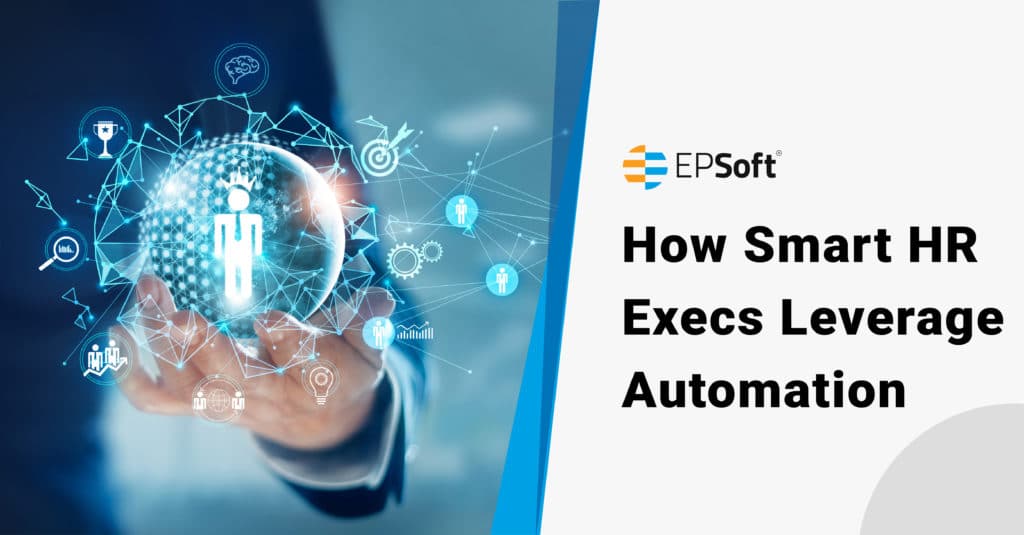Have you lost employees in the wake of the Great Resignation? Many businesses have scrambled to fill gaps left by those who’ve exited the company. In some cases, workers have left industries altogether.
With fewer workers, businesses across the supply chain are forced to delay production timelines, resulting in supply chain disruptions and pricing instability. On top of this, the pandemic compounded many supply and demand issues. So even if your business hasn’t been directly affected by the loss of employees, you’re likely still feeling the squeeze from the shifting dynamics—particularly so in HR, where people and their dynamics is the specialty.
Overworked: How HR is Leveraging Tech
Many businesses manage operations with less people power, but the work still has to get done, which adds responsibilities to the remaining teams. This is not ideal for many reasons, but the top one is that it stresses out employees, adding unnecessary pressure to virtually every aspect of the business.
Add to this return-to-offices policies, and it’s easy to see why HR teams are particularly pressured right now. Enter technology to save the day. Smart tech like robotic process automation (RPA) allows HR professionals to get more work done efficiently with the help of automation bots that work around the clock to perform predefined tasks and workflows. RPA is also typically marketed as a solution for the average business user, requiring no need for a programmer. In HR, RPA can be used for onboarding and offboarding, automating standard emails and replies, resume screening, payroll administration and many other predefined tasks.
But does this technology really deliver what it promises? One recent survey shows that HR professionals have trouble finding value with automation technology. For example, of 250 surveyed organizations, almost half struggled to reach their business goals with robotic process automation (RPA). Why?
How Process Automation Helps in HR
So what’s the disconnect? Why are only half of HR professionals actually achieving their objectives? In most cases, it simply comes down to implementation.
When implemented as part of a straightforward problem-solving strategy, RPA gets deployed in “quid pro quo” siloes. This solution for that problem, one task at a time. Problems get solved, but unfortunately, they have no bigger impact beyond the task level.
Bringing it back to HR: Yes, automating some onboarding emails with RPA will give back time to employees, but failing to consider the entirety of that process will never solve issues beyond the email. You need a birds eye view of how work gets done to gain value with process automation. This is where process intelligence becomes a key differentiator, allowing you to discover what the process looks like before automating.
For example, instead of simply automating an onboarding email, look at the end-to-end onboarding process and find the optimal places for automation. From here, you can still automate at the task level, but instead of individual bots solving individual problems, you’ve deployed a network of bots working together to solve enterprise-wise issues and reach company goals.
What’s more, like any new technology, there is still a learning curve. No business technology is “set it and forget it.” RPA is made for business users, but having a partner to help you understand how and why to make decisions around your automations can make all the difference.
Finding the Right Partner
That’s why, at EPSoft, we’re proud to offer process expertise and consulting services along with our highly effective EZFlow platform. With EZFlow, you gain the tools to easily build bots to address your HR needs, along with the support and guidance to ensure you get the most value from every automation. Ready to get started? We’re here for you.

